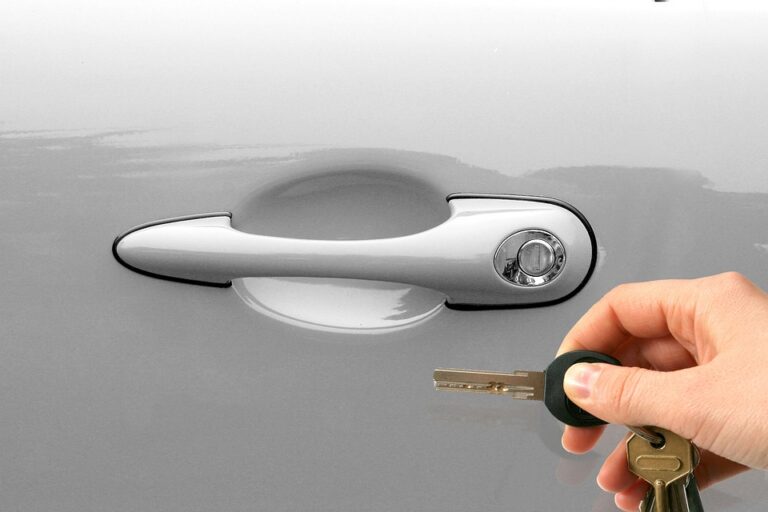The Ultimate Guide to Car Leasing: What You Need to Know Before You Sign
Car leasing is a popular option for many drivers seeking flexibility and affordability, but it can be overwhelming if you’re unfamiliar with the process. This comprehensive guide will walk you through the essentials of car leasing, equipping you with the knowledge to make informed decisions before you sign on that dotted line.
What is Car Leasing?
Car leasing essentially allows you to use a vehicle for a set period—typically 2 to 4 years—without the commitment of ownership. You pay a monthly fee for the duration of the lease, which can be considerably lower than financing a car purchase.
Key Benefits of Car Leasing
- Lower Monthly Payments: Generally, leasing can lead to lower monthly payments compared to buying a car, allowing you to drive a new model without a hefty price tag.
- Maintenance Allotment: Many leases include warranties, which can cover maintenance costs throughout the lease term.
- Access to Newer Models: Leasing allows you to drive the latest models equipped with cutting-edge technology and safety features.
Current Car Leasing Trends
According to recent industry reports, over 30% of all new cars purchased in 2022 were leased rather than bought outright. This trend underscores the growing popularity of car leasing and its appeal for both personal usage and business applications.
The Car Leasing Process Explained
Step 1: Understand Your Needs
Before diving into a lease agreement, consider what you need in a vehicle. Think about factors like:
- Driving habits: Do you commute daily or use your car for long road trips?
- Space requirements: Will you often carry passengers or cargo?
- Budget constraints: Be realistic about what you can afford monthly.
Step 2: Research and Compare Lease Deals
Once you have a clear idea of what you’re looking for, it’s time to shop around. Compare offers from multiple dealerships and consider the following:
- Monthly payments and terms
- Mileage limits: Most leases impose restrictions (often between 10,000 to 15,000 miles per year).
- Lease-end fees: Assess any penalties for excessive wear or mileage at the end of your lease.
Step 3: Negotiate the Terms
Negotiating is a critical part of securing the best lease. Don’t hesitate to discuss the following:
- Capitalized cost: This is the vehicle’s price you’re leasing; try to negotiate this down.
- Money factor: Similar to an interest rate, the money factor affects your monthly payments. The lower, the better.
- End-of-lease options: Understand your choices at the end of the lease, such as buying the vehicle or renewing the lease.
What to Watch Out For
When leasing a car, it’s vital to be aware of hidden costs that can arise. Here are a few potential pitfalls:
- Excess Mileage Charges: If you exceed your mileage limit, you could incur steep penalties.
- Condition Requirements: You may be charged for any damages that exceed normal wear and tear.
- Early Termination Fees: Breaking your lease early can result in hefty penalties.
Example Comparison
Think of car leasing like renting an apartment versus buying a home. When you lease (or rent), you’re not responsible for property value fluctuations, and maintenance is generally handled by the landlord. On the other hand, buying might provide long-term stability but comes with the responsibilities of property upkeep and potential market volatility.
Conclusion: Is Car Leasing Right for You?
Car leasing can be an excellent option for those looking for flexibility and lower upfront costs. However, it’s essential to assess your driving habits, financial situation, and personal preferences before making a decision.
For further reading on related topics, check out these articles on buzzo.live:
For in-depth insights into the leasing process and the latest trends, consider visiting reputable sources such as Edmunds and Consumer Reports.
By understanding all these elements, you can confidently navigate the world of car leasing and ensure a satisfying driving experience.


